A magnetic separator is a critical component in a solid waste sorting plant
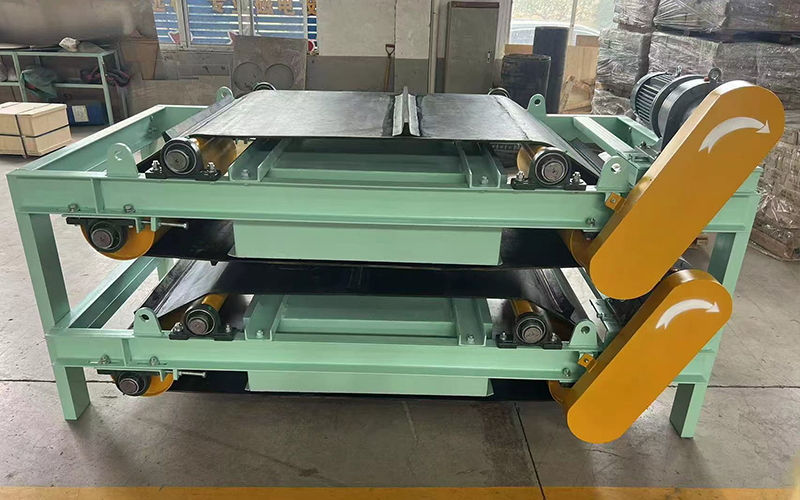
A magnetic separator is a critical component in a solid waste sorting plant. Its primary purpose
is to separate ferrous materials (metals containing iron) from the waste stream. This process
enhances recycling efficiency, reduces contamination, and ensures proper material recovery.
Below is an overview of its concept and operation:
Principle of Operation
A magnetic separator uses a magnetic field to attract ferrous metals from a mixture of waste
materials. Non-magnetic materials (such as plastics, glass, and organic matter) pass through
unaffected, while magnetic metals (like steel and iron) are extracted.
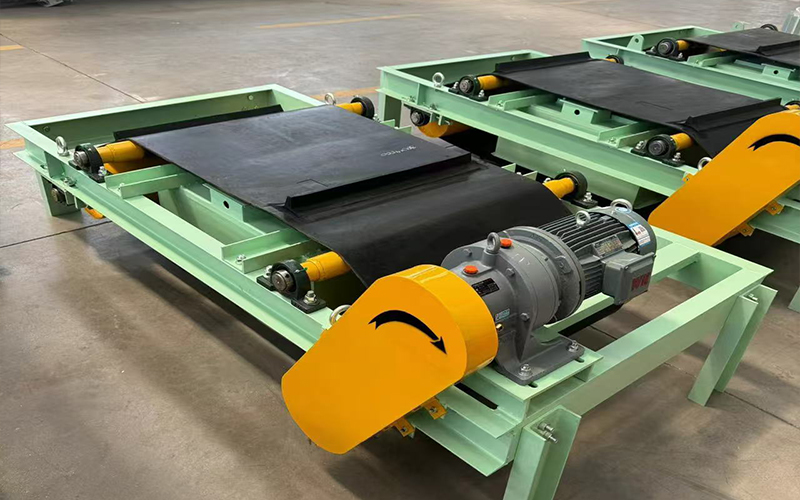
Key Components
Magnetic System: A strong magnet or an electromagnet generates the magnetic field.
The type of magnet (permanent or electromagnet) depends on the specific application and
material characteristics.
Conveyor Belt or Drum: A moving system, such as a belt or rotating drum, carries waste
material through the magnetic field.
Discharge Systems: Separate outlets are provided for ferrous and non-ferrous materials,
enabling easy collection and sorting.
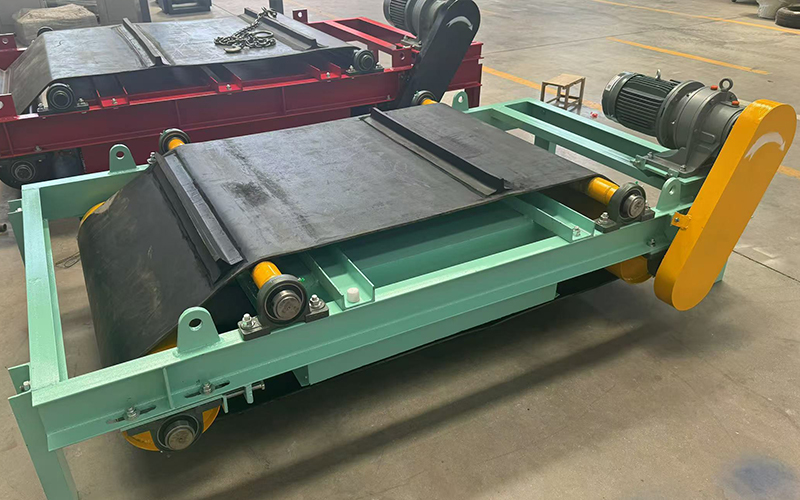
Types of Magnetic Separators
Overband Magnetic Separator:
Installed over a conveyor belt.
Removes ferrous metals as the waste moves underneath.
Drum Magnetic Separator:
Cylindrical drum with a magnetic surface rotates through the waste stream.
Ferrous metals stick to the drum and are carried to a separate discharge point.
Eddy Current Separator:
Often combined with magnetic separators.
Separates non-ferrous metals (like aluminum) using an induced magnetic field.
Magnetic Pulley:
A pulley at the end of a conveyor belt with a magnetic core.
Pulls ferrous metals from the material stream.

Advantages
Efficient Material Recovery: Ensures high recovery rates for ferrous metals.
Reduces Waste Volume: Diverts recoverable metals from landfills.
Cost Savings: Decreases disposal costs and generates revenue from recycled metals.
Protects Equipment: Removes sharp or hazardous metal objects that could damage downstream machinery.
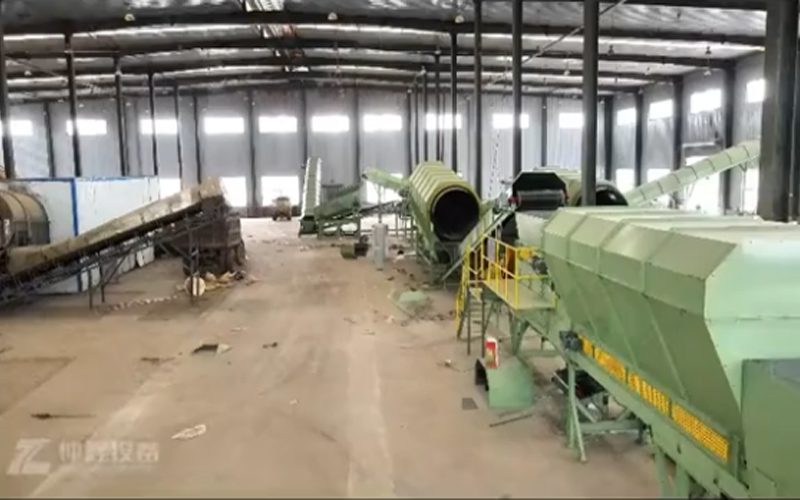
Applications
Municipal Solid Waste (MSW) sorting plants.
Construction and Demolition (C&D) waste recycling.
Electronic Waste (e-waste) processing.
Automotive Recycling.
In conclusion, magnetic separators are indispensable for sustainable waste management, ensuring the efficient recovery of valuable resources while reducing environmental impact.
-
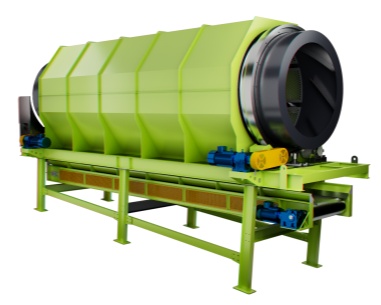 Trommel screenTrommel screen, also known as drum screens, are widely used in various industries for sorting and separating materials.Get Quote
Trommel screenTrommel screen, also known as drum screens, are widely used in various industries for sorting and separating materials.Get Quote -
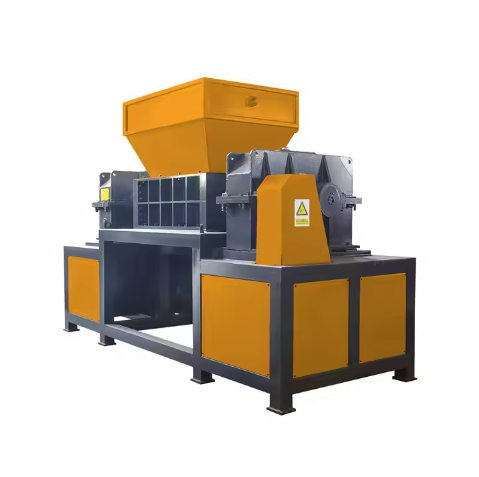 Crop straw double shaft shreddApplications:Biomass Energy Production: Shredded straw can be used as a feedstock for bioenergy plants to produce electricity or heat.Livestock Feed: Reduced-si...Get Quote
Crop straw double shaft shreddApplications:Biomass Energy Production: Shredded straw can be used as a feedstock for bioenergy plants to produce electricity or heat.Livestock Feed: Reduced-si...Get Quote -
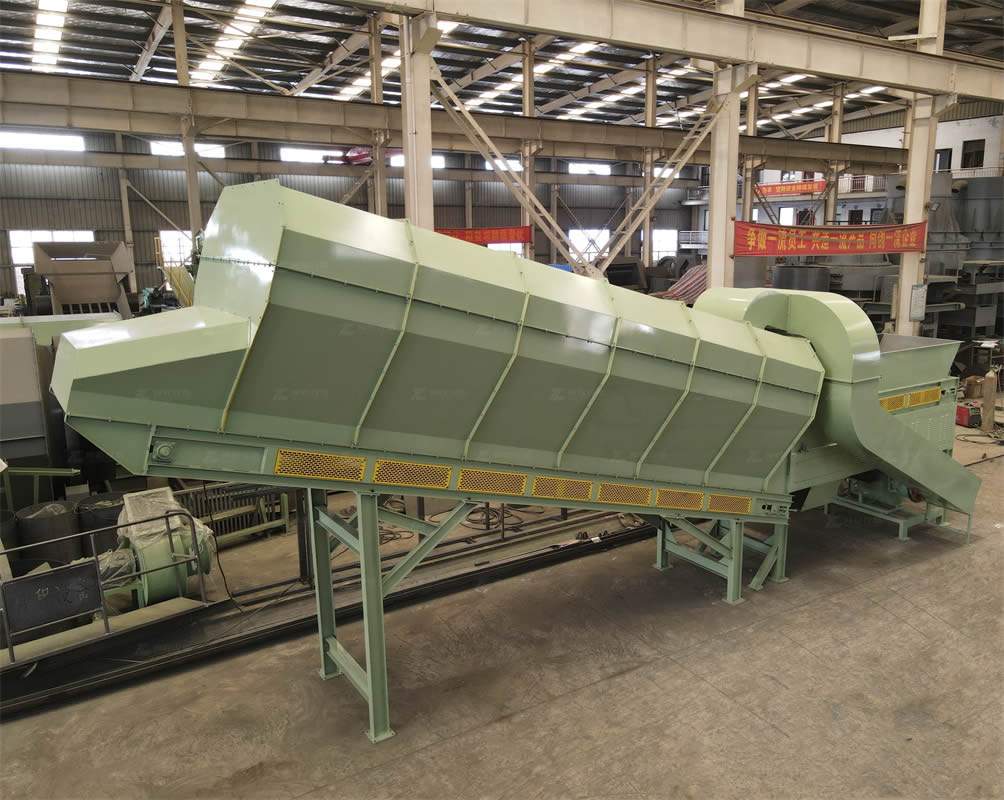 Zhongcheng Air Drum SeparatorAir drum separators effectively separate lightweight materials (e.g., plastics, paper) from heavier materials (e.g., metals, glass). This high efficiency is cru...Get Quote
Zhongcheng Air Drum SeparatorAir drum separators effectively separate lightweight materials (e.g., plastics, paper) from heavier materials (e.g., metals, glass). This high efficiency is cru...Get Quote
-
2024-06-05Can the Angle of the Ballistic Separator Be Adjusted?Ballistic separator is a type of mechanical sorting device used primarily in the recycling industry to separate materials based on their physical properties. It...
-
2024-05-18Hydraulic Cone CrusherHydraulic Cone Crusher integrates machinery, hydraulic pressure, electrics, automation, and intelligent control, which can be used for medium crushing, fine cru...
-
2024-06-06Drum Screen For Composting PlantDrum screen, also known as a rotary drum screen or trommel screen, is an essential piece of equipment used in composting plants for the separation of compost ma...
-
2023-01-12Disc ScreenDisc screen, also known as a disc scalping screen, is a mechanical device used to separate materials based on size. It is commonly used in industries such as wa...
-
2024-08-07Efficient Material Separation with Bounce ScreensThe ballistic separator is an important equipment with separation function designed for the sorting of inorganic particles in the coarsely crushed waste.



